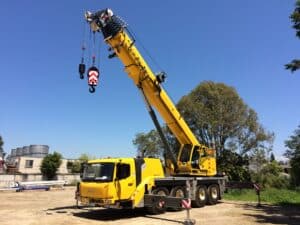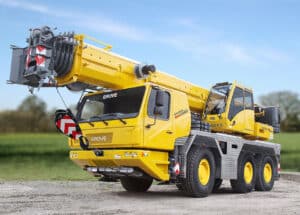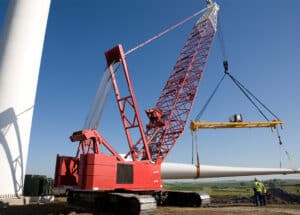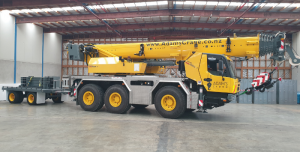What Level of Inspection and Service is Required for Cranes?
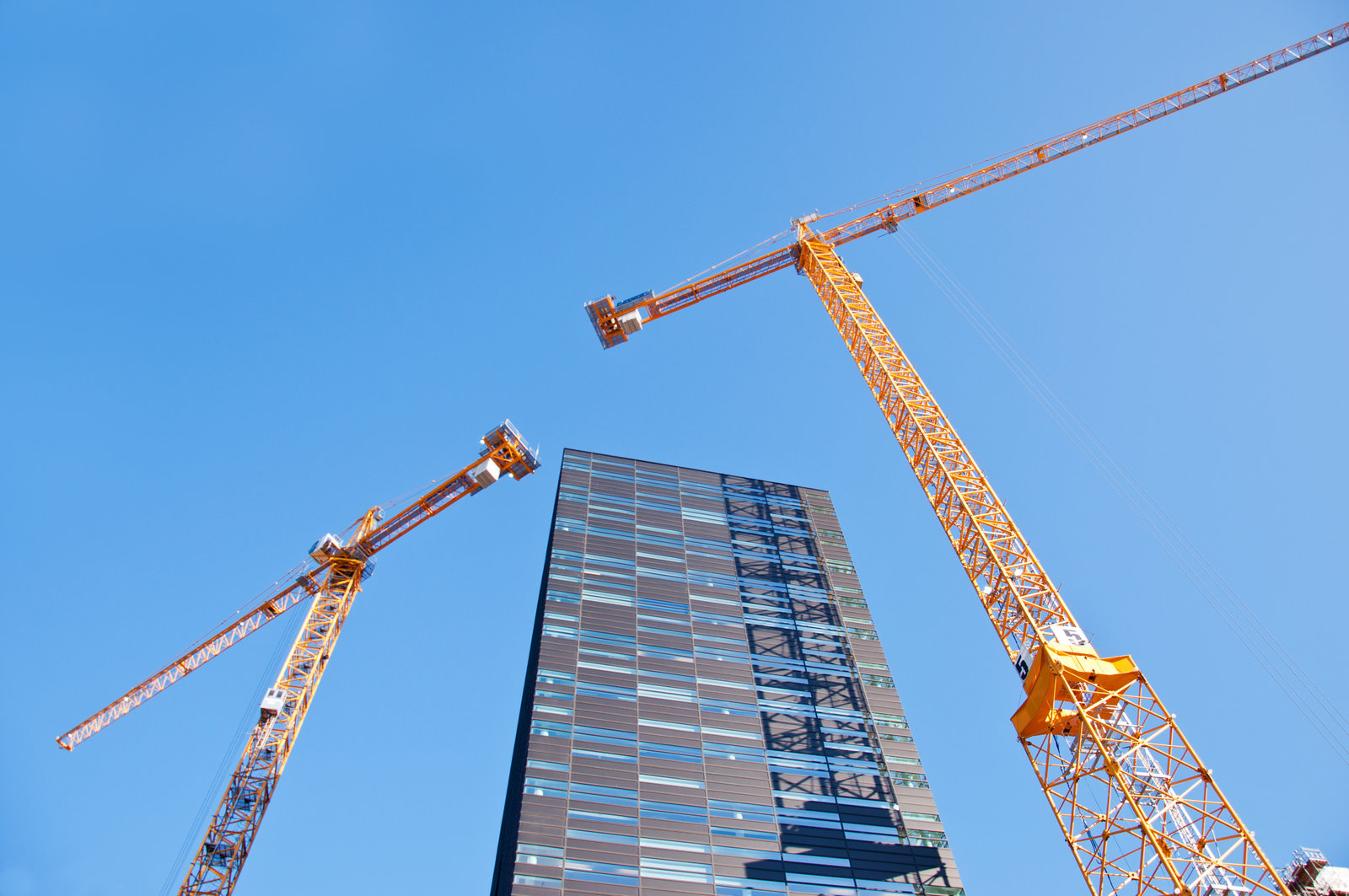
Safe Work Australia state that a preventative inspection, maintenance and testing program will help ensure a crane is safe to use.
What does this include? Let’s take a look
Maintaining a crane involved a combination of pre-operational checks, routine inspections, regular maintenance, annual inspections, and major inspections.
Pre-operational checks
Before operating a crane a pre-operational check should be completed by a competent person. An appropriate log book should be used to record the condition of the crane.
As an example, Territory Generation utilise the following pre-operational checks for the safe operation of overhead cranes. Territory Generation is a government owned corporation of the Northern Territory, and owns and operates eight power stations in the Northern Territory.
Pre-operational Checks
These shall include checks on:
- The Hook (look for cracks, gouges, excessive wear and a correctly operating latch)
- The Block (check that block is level and free from damage, wear or looseness in assembly or fittings)
- Crane Chain
- Elongation of links
- Deformation of links
- Cuts, dents or gouges
- Cracks
- Excessive wear
- Excessive corrosion
- vii. Twists
- Crane Rope
- Kinks
- Twists
- Bird caging
- Broken strands
- Excessive rust or corrosion
- Excessive wear or abrasion
- Crane Drum
- Smooth operation
- No overlapping ropes
- No oil leaks from motor or gearbox
- Safe Working Load – Ensure the decals or signs are visible and legible.
- Controls – Ensure all buttons are operational, check multiple speeds and emergency stop
- Crane Brake – lift load approximately 300mm and check for creep.
You can read the full checklist here.
Routine Inspection and Maintenance
Regular inspection, maintenance and repair are to be carried out in accordance with the manufacturer’s instructions or those of a competent person.
For inspections, if this is not practicable, they must be completed at least annually.
Cranes should be routinely inspected and tested even if they are not operated regularly. This is because the crane may have deteriorated through corrosion or be damaged.
Safe Work Australia stipulate that routine inspections can take place weekly, monthly or quarterly and should include an inspection of:
- crane functions and the controls for speed, smoothness of operation and limits of motion
- emergency and safety switches and interlocks including limiting and indicating devices
- lubrication of moving parts
- verify accuracy of any load moment indicator (LMI) and rated capacity indicator (RCI) devices with a test lift using a certified test weight
- filters and fluid levels and leaks
- visual inspection and measurements as necessary of structural components and critical parts including brakes, gears, fasteners, pins, shafts, wire ropes, sheaves, locking devices and electrical contactors
- signage including warning signs and control markings
- wear on wheels and tyres, and
- extra items nominated in the crane manufacturer’s instructions.
A written report should be prepared when the inspection is finished.
If a crane has been damaged and there are risks to health and safety, it should be immediately taken out of service and people prevented from operating the crane.
Annual Inspection
Regular inspections must be carried out in accordance with the manufacturer’s instructions or those of a competent person or, if this is not reasonably practicable, annually.
An annual inspection should include every item specified by the crane manufacturer for annual inspection as well a severy item included in the routine inspection and maintenance programs.
Annual inspections should include a detailed check of:
- functioning and calibration of limiting and indicating devices
- structural and wear components
- tolerances for wear limit
- evidence of corrosion
- critical areas for evidence of cracking, and
- for tower cranes, relevant items in the pre-erection inspection and tests that can
- be safely completed while the crane is erected.
Major Inspections
A major inspection must be completed for registered mobile and tower cranes. Non-registrable mobile cranes and bridge and gantry cranes should have a regular ‘major’ inspection completed so that they continue to be safe to operate.
All other factors aside, you should inspect the crane at least every 10 years from the date the crane was first
commissioned or registered, whichever was first. This must include inspection of the structure as well as mechanical components.
Major inspections must be carried out by, or under the supervision of, a competent person
who:
- has acquired through training, qualifications or experience the knowledge and skills to
carry out a major inspection of the plant and is registered under a law that provides for
the registration of professional engineers, or - is determined by the regulator to be a competent person.
It should be noted that this requirements is not intended to mean that components only need to be inspected once every ten years, or that having been inspected, components are automatically fit for a further ten years. Annual and ongoing regular inspections and maintenance as listed above are still required.
For further information please see the Guide To Inspecting and Maintaining Cranes: Appendix A – Inspection / Testing for Tower and Mobile Cranes
Record keeping
Crane records including maintenance logbooks of the significant events concerning the safety and operation of the crane must be kept and readily available. For more details please see the original guide.
Alternatives to the 10 Year Requirement
Cranes and Lifting have suggested that, while major inspection for cranes is easy to monitor, if crane owners can demonstrate a willingness to fulfil requirements of a system that bases maintenance on usage, it may be able to eliminate the need for expensive inspections.
The idea has merit. However, until something changes, major inspections will continue.
These inspections require major parts of the crane to be stripped down to repair or replace critical parts.
The best solution currently is to minimize crane downtime, without compromising safety.
